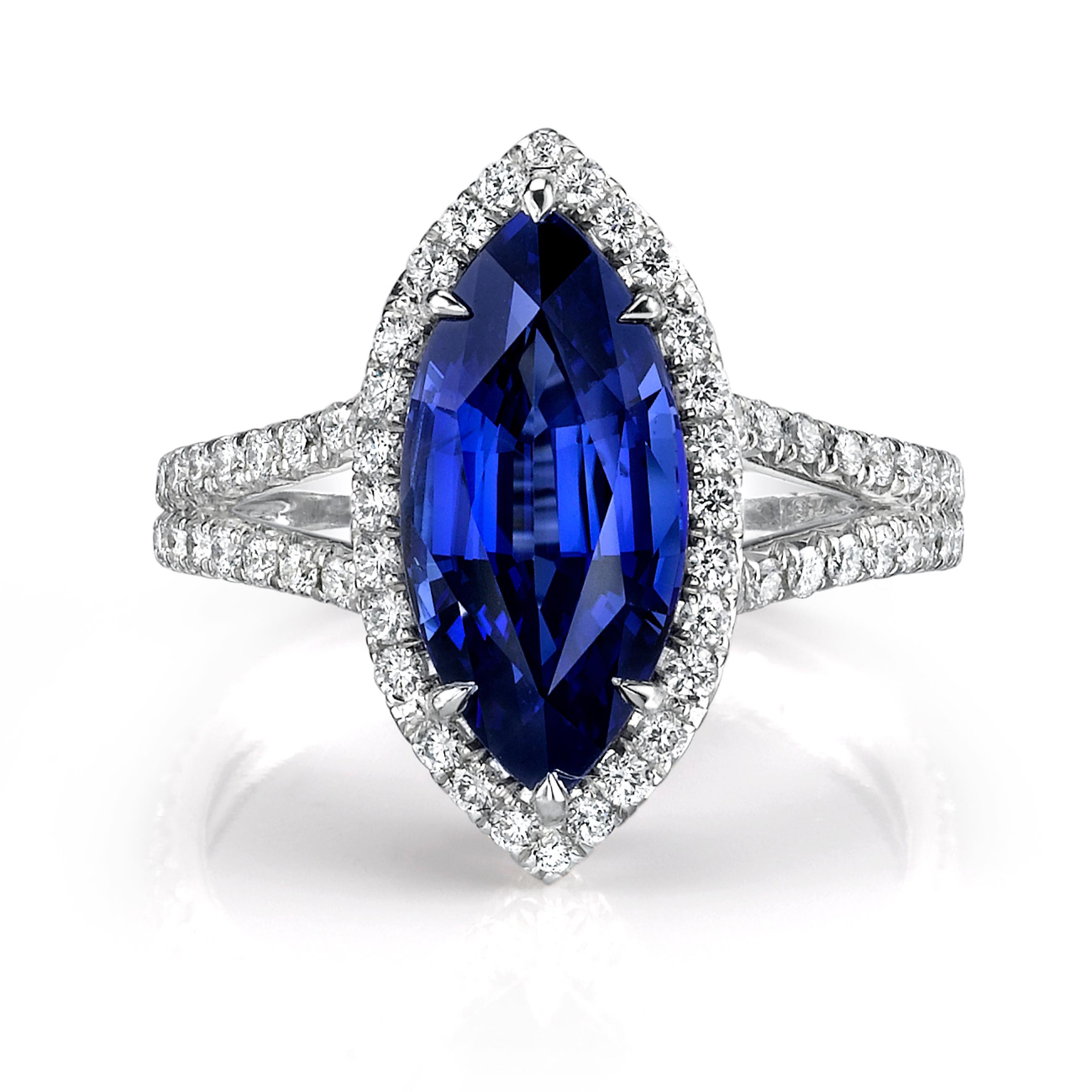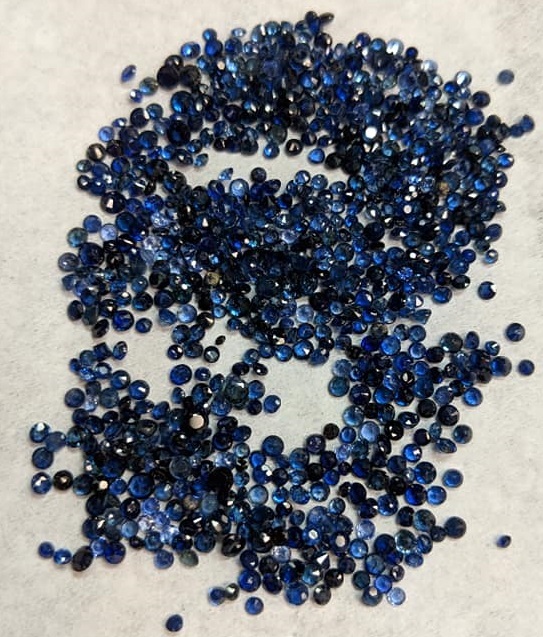Blog
September’s Birthstone: Sapphire
By Maury Kauffman
9/20/2021 at 11:58 AM

As Tucson’s top local jeweler for diamond engagement rings and gemstone jewelry, I can create and customize rings and bracelets in gold and platinum. My jewelry store has hundreds of designs to meet every taste, style and budget. You can view some of them here or make an appointment to see all of them here. I specialize in color gemstone jewelry and am continuing my blog series on birthstones.
Did you know, sapphire has been regarded for centuries as the ultimate blue gemstone. Ancient Persian rulers believed that the earth rested on a giant sapphire and that its reflection colored the heavens blue. Even the jewel’s original Latin name, “Sapphiru,” means blue.
Did you know, sapphire is also found in nearly every color, from yellows and pinks to greens and purples and oranges. These diverse colors are referred to as “fancy” color sapphires. The gift of a sapphire symbolizes a pledge of trust, loyalty, and sincerity. It is from this tradition that sapphire has long been a popular choice for engagement rings.
Increasing sapphire’s enduring popularity is its presence in nearly every corner of the earth. In Asia, well-known sources of sapphire include Myanmar, Cambodia, Thailand, Laos, Vietnam, Sri Lanka, and Kashmir. African deposits in Kenya, Tanzania, Nigeria, Madagascar, and Ethiopia provide brilliant sapphires of every color. Additionally, Australia has been a steady source of Sapphires for years. The United States, particularly Montana, also boasts sizable deposits of blue and teal colors.

Peridot has a hardness of 6.5 – 7 on the Moh’s scale, meaning that it is a relatively soft gemstone best suited for earrings, pins, and pendants.
Because of the great variety of treatments Sapphire often undergoes, it is impossible to list them all. Heat is the most common treatment applied to Sapphires. Gentle heat is applied to the gemstone for a period of time, resulting in a Sapphire with improved clarity and color. Heat treatment is permanent, and will endure the lifetime of the gemstone. A new process that artificially alters a Sapphire’s color is diffusion, during which beryllium or a similar element is diffused onto the surface or throughout the gemstone. Diffusion-treated Sapphires—available in orange, pinkish-orange, yellow, and blue—are much more affordable than untreated or heat-treated Sapphires.
The most significant factor in a Sapphire’s price is its color. Natural, untreated pure blue Sapphires, ranging in color from deep navy to icy blue, are considered the rarest and most valuable Sapphires by gemstone experts. However, they also represent a very small portion of the market. Fortunately, Sapphire’s range of color, size, and place of origin makes it an appealing and accessible choice of gemstone.

Genuine Kashmir Sapphires are the most cherished variety of this jewel. A deep, rich blue, Kashmir Sapphires are more evocative of velvet than of stone. Burmese Sapphires are also highly valued for their deep blue hue. Ceylon Sapphires, hailing from Sri Lanka, are a lively and slightly violet “cornflower” blue. After color, size and clarity are the most significant factors affecting a Sapphire’s value. As with all gems, the larger, clearer, and more flawless a Sapphire is, the more expensive it will be.
As with all jewelry, Sapphire pieces should be removed at night. When using commercially-made jewelry cleaner, coat the jewelry for a few minutes, then use a soft brush to dislodge accumulated grime. Let dry on a soft cloth and store. A gentle solution of warm water and gentle dish detergent also safely cleans Sapphire jewelry.
Remember, when you're shopping Tucson jewelers for color gemstone jewelry or engagement rings or bridal jewelry, please keep me in mind and view my two minute video. And you can learn about my pricing and process.